Grasses for Shade
MsGreenfingers38
19 years ago
Related Stories
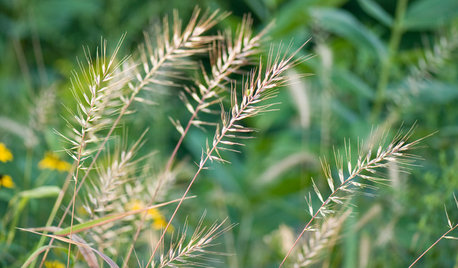
GARDENING GUIDESGreat Design Plant: Elymus Hystrix Thrives in Shade
Plant eastern bottlebrush grass in eastern U.S. woodlands or shade gardens for midsummer flower heads and blue-gray arching grass blades
Full Story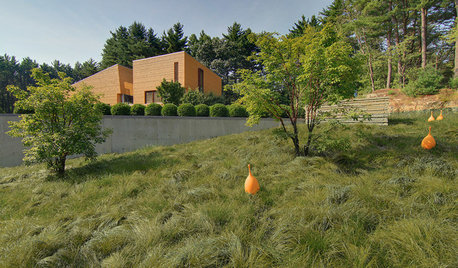
FLOWERS AND PLANTSCarex Pensylvanica Fills the Void in Dry Shade Gardens
Plant Pennsylvania sedge in eastern U.S. woodlands or dry shade gardens for spring flowers and softly textured bright green leaves
Full Story
LANDSCAPE DESIGNIs It Time to Consider Fake Grass?
With more realistic-looking options than ever, synthetic turf can be a boon. Find the benefits and an installation how-to here
Full Story
CENTRAL PLAINS NATIVE PLANTS10 Top Grasses for the Central Plains
Low-maintenance grasses provide seasonal interest and wildlife habitat, and aid good design
Full Story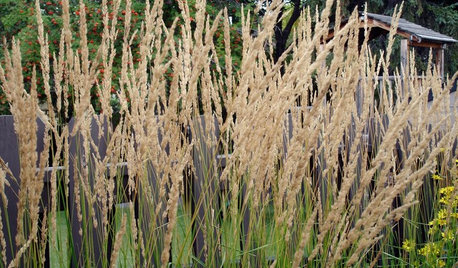
GARDENING AND LANDSCAPING5 Hot Cool-Season Grasses
Chill out this spring with resilient grasses that will kick-start your garden and may just last all year
Full Story0
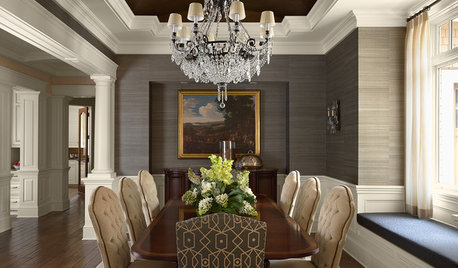
DECORATING GUIDESWalls Have a Field Day With Grass Cloth
Rustic or refined, richly textured grass cloth provides a burst of natural freshness to your interior decorating
Full Story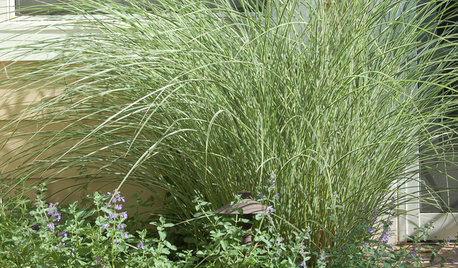
GARDENING AND LANDSCAPING5 Smokin' Warm-Season Grasses
Beat the heat with beautiful grasses that help your landscape shine from summer through fall
Full Story
GARDENING GUIDES8 Spectacular Grasses to Energize a Fall Garden
Dancing in the autumn wind or flowing along a flower bed, these ornamental grasses bring wonderful movement and color to the landscape
Full Story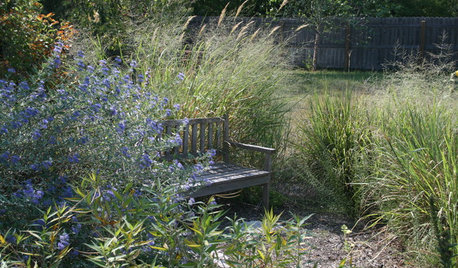
GARDENING GUIDESGreat Design Plant: Indian Grass
Bring whispers of prairie winds to your garden with this swaying native grass that stands tall all winter
Full Story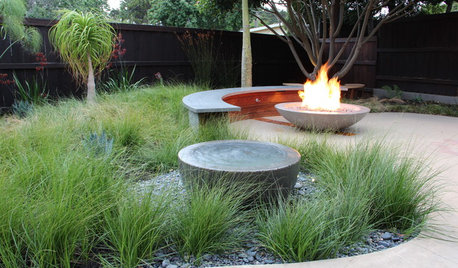
LANDSCAPE DESIGNEnergize Your Landscape With Masses of Grasses
Create year-round interest with waves of attention-getting grasses for all kinds of yards
Full Story






ArborBluffGirl
joepyeweed
Related Professionals
Windham Landscape Architects & Landscape Designers · Ballenger Creek Landscape Architects & Landscape Designers · Forest City Landscape Architects & Landscape Designers · Arlington Landscape Contractors · Edmond Landscape Contractors · Surprise Landscape Contractors · Fair Lawn Landscape Contractors · Merced Landscape Contractors · West Orange Landscape Contractors · Bellevue Fence Contractors · Charleston Fence Contractors · Kansas City Fence Contractors · Mays Chapel Fence Contractors · Simi Valley Fence Contractors · Whittier Fence ContractorsAlcesB
autumnmoon
jaysonmc
sheltieche
johnyaya
ademink
potterhead2
Fledgeling_
gardengal48 (PNW Z8/9)
froggy
brenda_near_eno
Sue W (CT zone 6a)
Soeur
joepyeweed
woodland_gardens
creatrixld